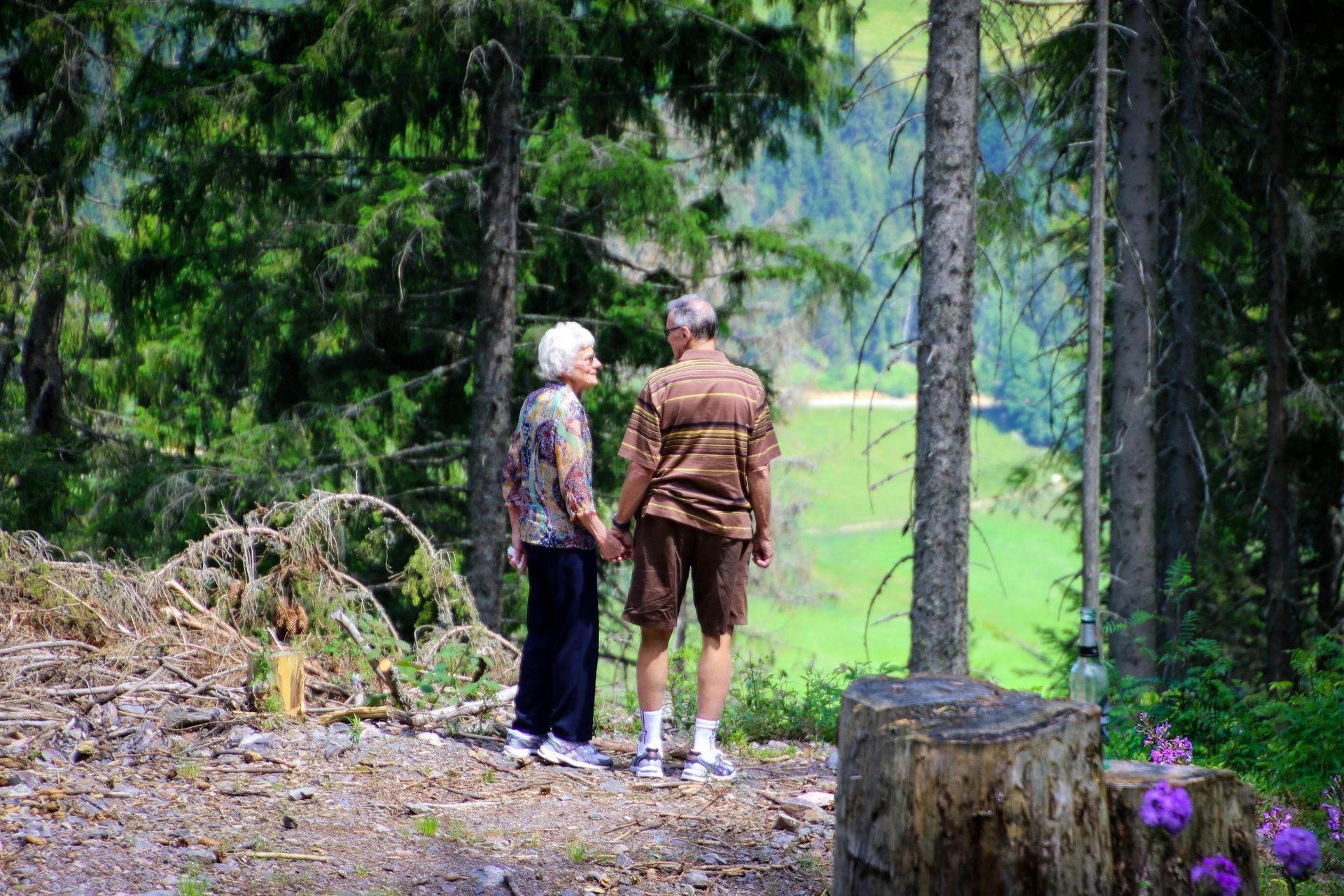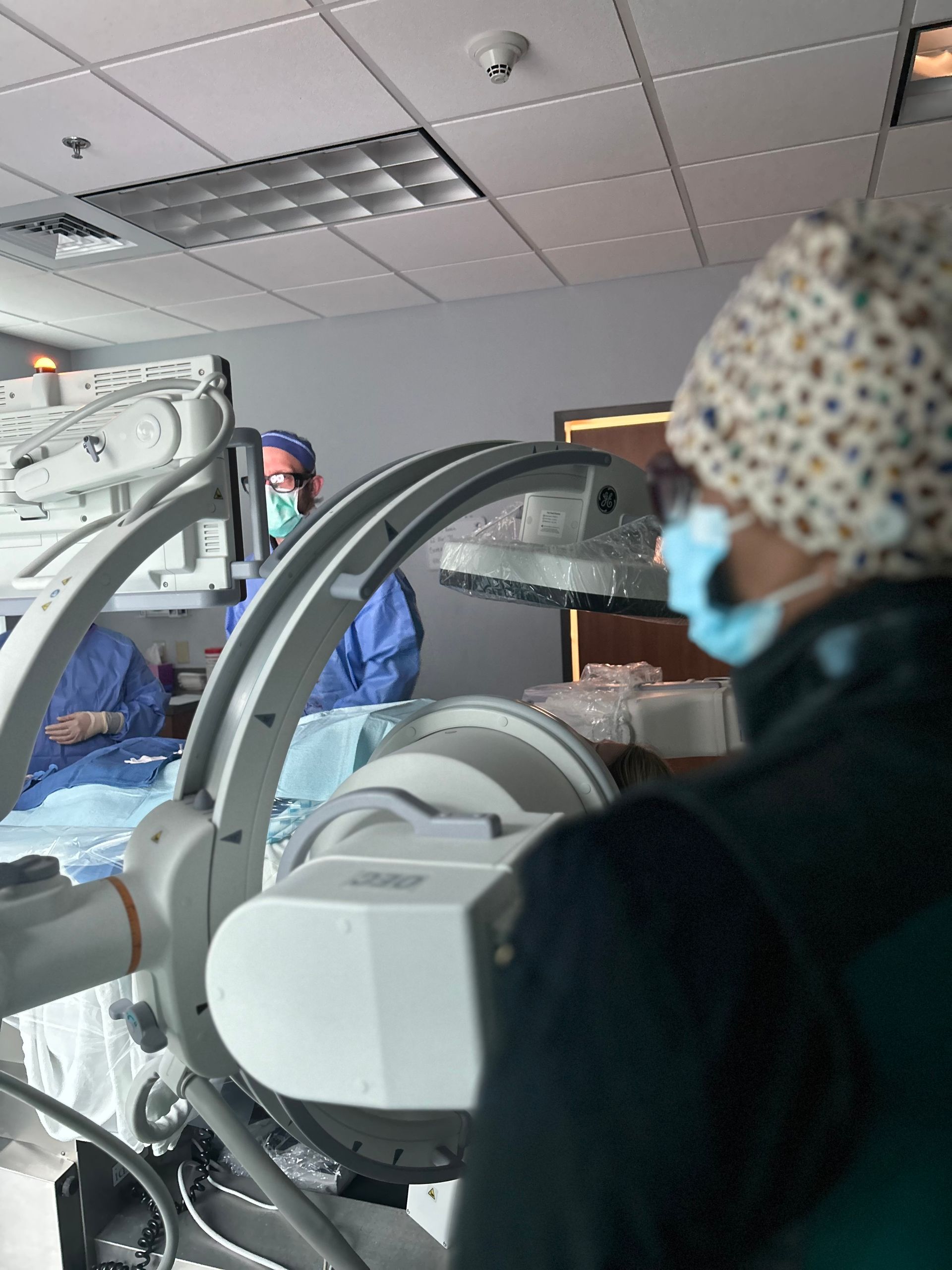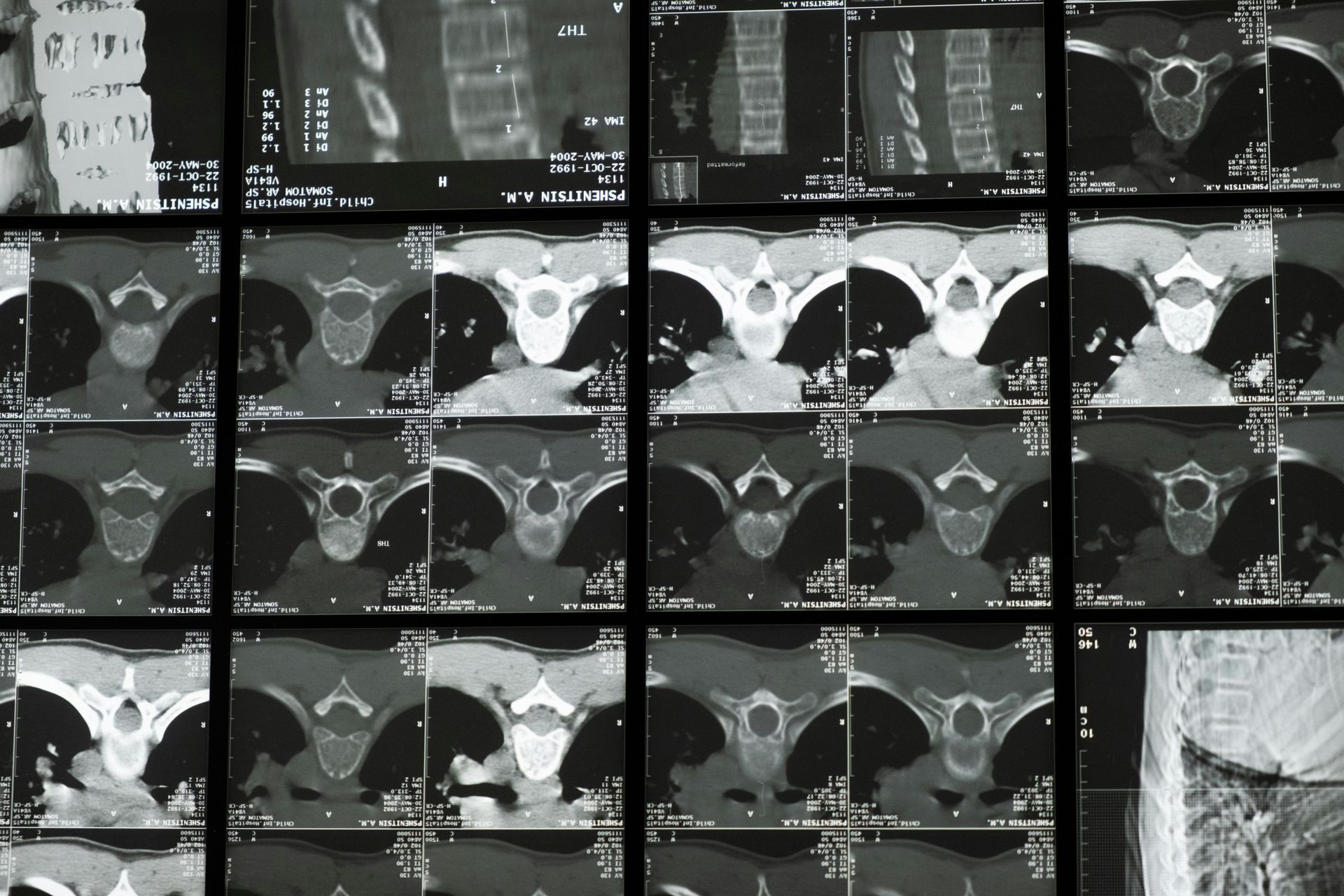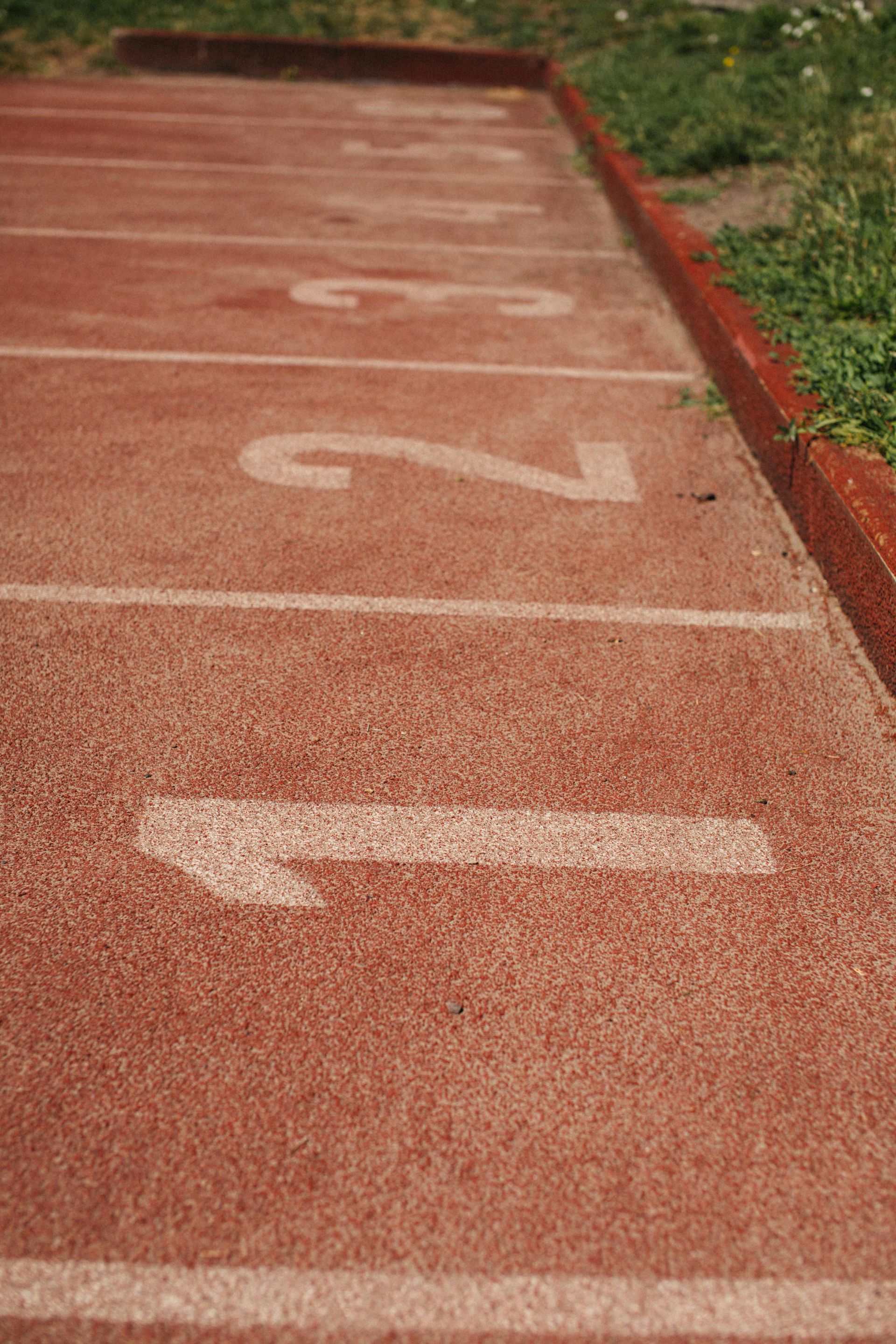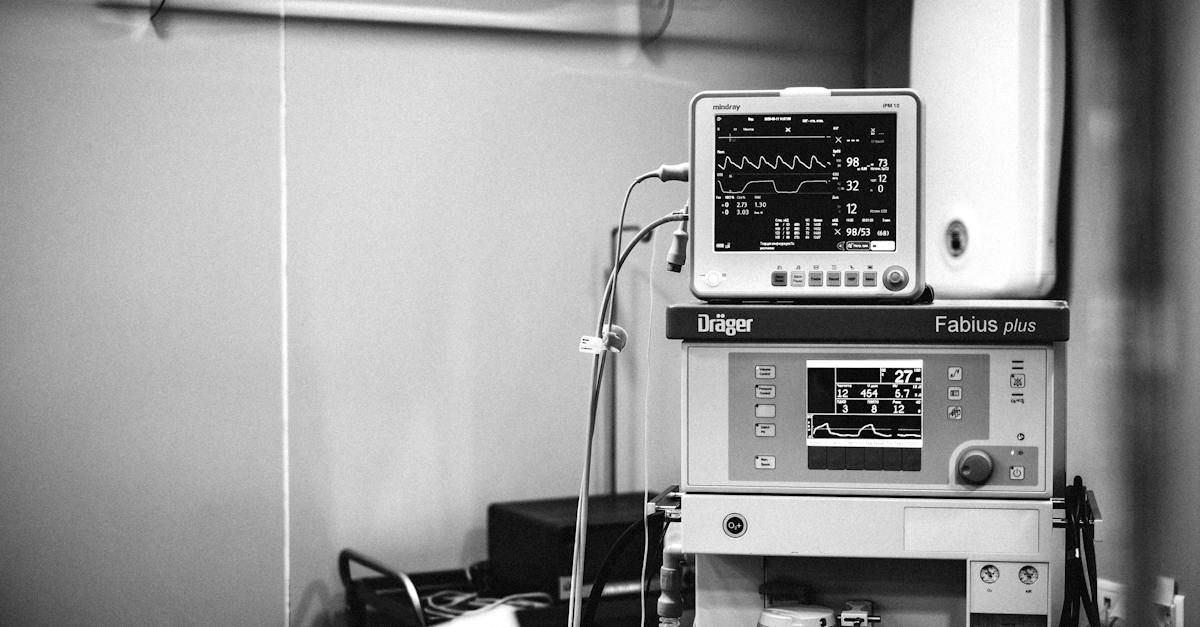Call Now: (615) 849-7490
What Causes Varicose and Spider Veins? The Most Common Reasons.
If you are wondering why you have developed varicose veins, venous disease or even spider veins, you are not alone. About 50 to 55 percent of women and 40 to 45 percent of men in the United Stated suffer from some type of vein problem in their lifetime. Varicose veins affect half of people 50 years and older. More than 80 million Americans suffer from vein disease.
Several different factors contribute to the development of vein diseases and can lead to further health problems. Murfreesboro Vascular & Interventional specializes in treating venous disease.
About Vein Disease
What are varicose veins and spider veins?
Varicose veins:
- Occur when veins become enlarged, dilated and overfilled with blood.
- Are swollen, twisted veins that you can see just under the surface of the skin.
- Usually occur in the legs, but also can form in other parts of the body.
- Sometimes they may cause mild to moderate pain, blood clots, skin ulcers also known as “sores” or other problems.
Spider veins:
- A group of small, dilated veins that appear close to the surface of the skin.
- Look like spider web or tree branches, usually red or blue in color.
- Can develop anywhere, but are most common on the legs and face.
- Are smaller than varicose veins, but that are sometimes located together.
What causes varicose and spider veins?
Varicose veins can be caused by weak or damaged valves in the veins. Your heart pumps oxygen- and nutrient-filled blood out to the body through your arteries. The blood returns to the heart through your veins. Blood from your lower body is pushed up, against the flow of gravity, as your leg muscles squeeze.
Veins have valves that act as one-way flaps to prevent blood from flowing backward as it moves up your legs. If the valves become weak, blood can leak back into the veins and collect there; this problem is called venous insufficiency. When backed-up blood makes the veins bigger, they can become varicose veins.
Some potential causes for varicose veins include:
- Chronic heart valve conditions, which are usually congenital
- Sedentary lifestyle
- Pregnancy
- Menopause
- Standing for long periods of time
- Pressure on the midsection of the body, especially the abdomen
- Obesity, which adds weight to the body and increases the pressure on the legs. The backup of blood can cause spider veins due to weak or damaged veins. When the valves do not open to allow blood to leave the veins, blood backs up, and the veins swell; they can also be caused by hormone changes, exposure to the sun and injuries.
Some potential causes for spider veins include:
- Aging
- Heredity (family history of the condition)
- A history of blood clots
- Taking oral birth control pills
- Hormonal changes during puberty or menopause
- Hormonal replacement therapy
- Pregnancy
- Standing or sitting for long periods of time
Wearing a girdle or clothing that is too tight - Obesity
- Constipation
- Sun exposure
What are signs and symptoms of varicose veins?
Varicose veins can often be seen on the skin. Some other common symptoms of varicose veins in the legs include:
• Aching pain that may get worse after sitting or standing for a long time
• Throbbing or cramping
• Heaviness
• Swelling
• Rash that is itchy or irritated
• Darkening of the skin (in severe cases)
• Restless legs
Are varicose veins and spider veins dangerous?
Spider veins rarely are a serious health problem, but they can cause uncomfortable feelings in the legs. If there are symptoms from spider veins, most often they will be itching or burning. Less often, spider veins can be a sign of blood backup deeper inside that you can’t see on the skin. If so, you could experience the same symptoms you would have with varicose veins.
Treatment Options at Murfreesboro Vascular & Interventional
At Murfreesboro Vascular & Interventional, Dr. Thomas uses either sclerotherapy, a microinjection procedure that requires no pain medication or surgery, or endovenous laser therapy (sometimes referred to as EVLT), a quick, minimally invasive laser treatment that requires no hospitalization and no complicated surgery.
Neither option requires hospitalization or surgery; each is performed in a physician’s office. Patients can be back on their feet doing their day-to-day activities the same day.
At Murfreesboro Vascular & Interventional, you can expect to get the best treatment available.
Call to see if you qualify for a free, no-obligation consultation!
Phone: (615) 849-7490
Fax: (615) 890-7838
All Rights Reserved | Murfreesboro Vascular & Interventional
Careers | Privacy Policy | Site by Infinity Medical Marketing


